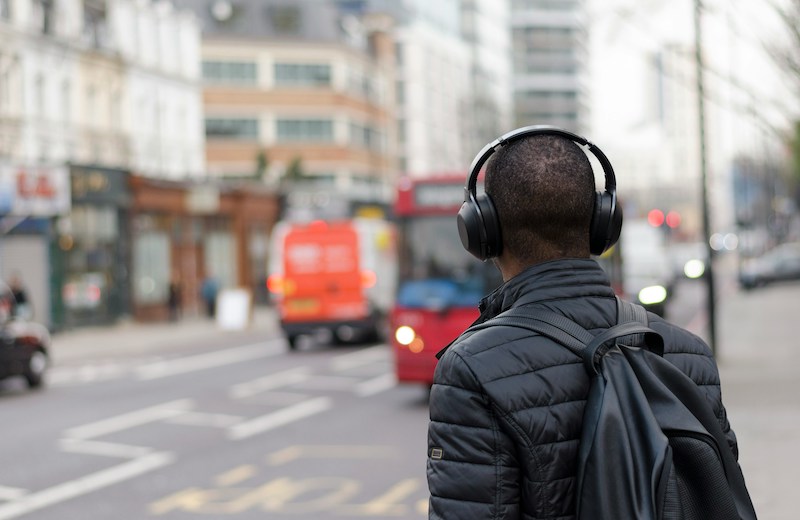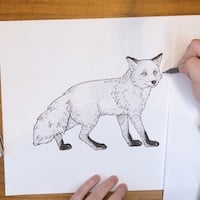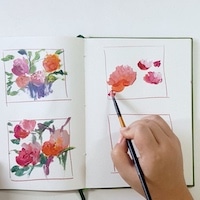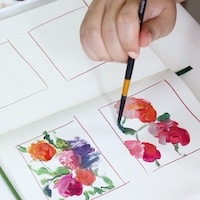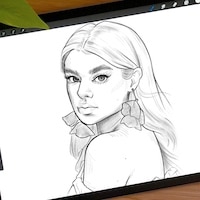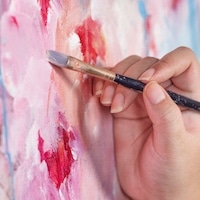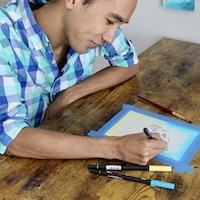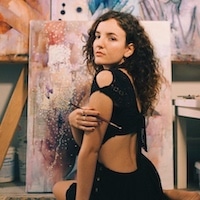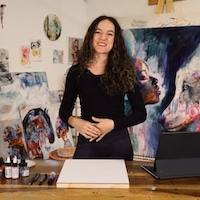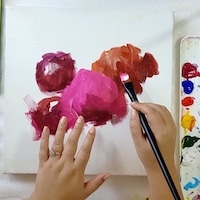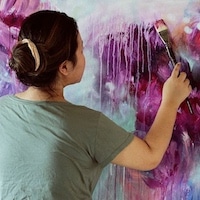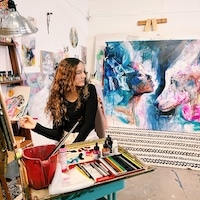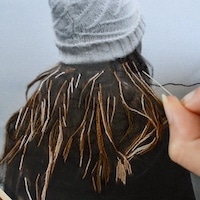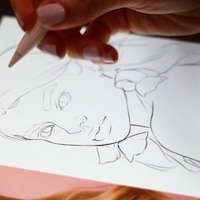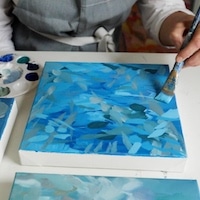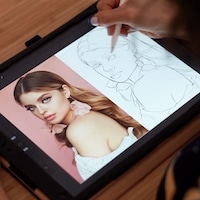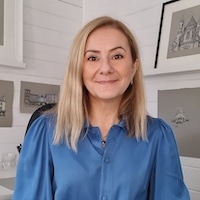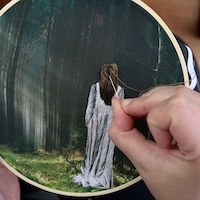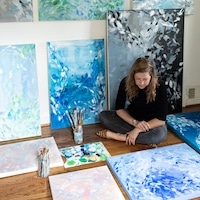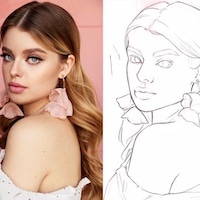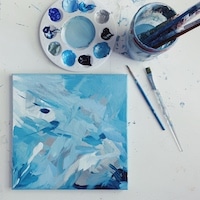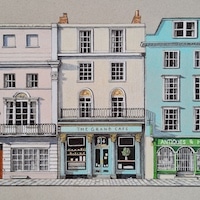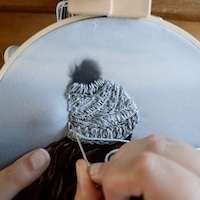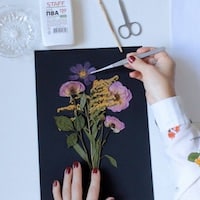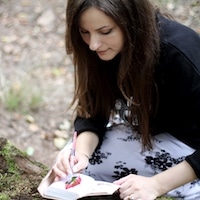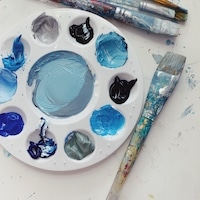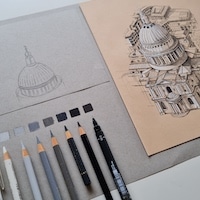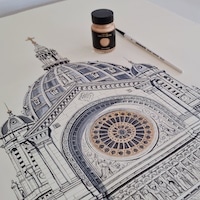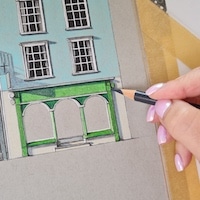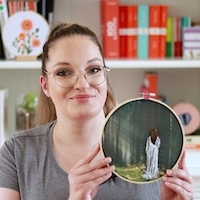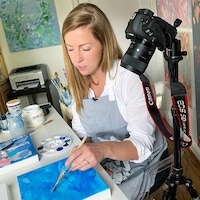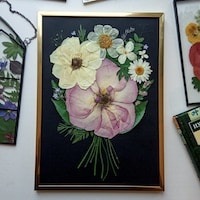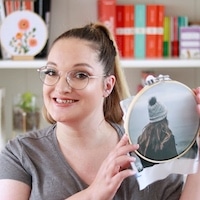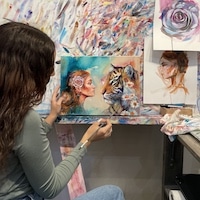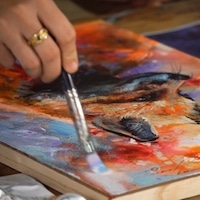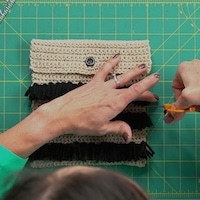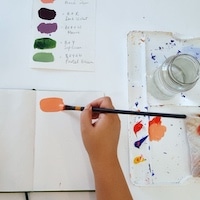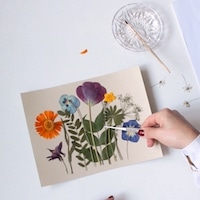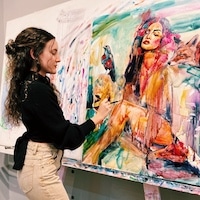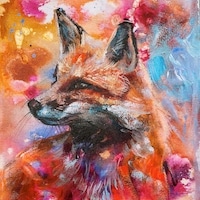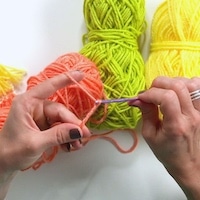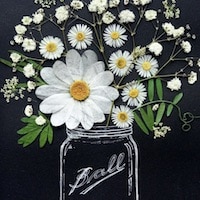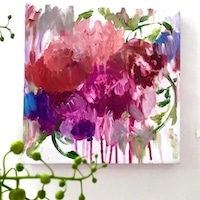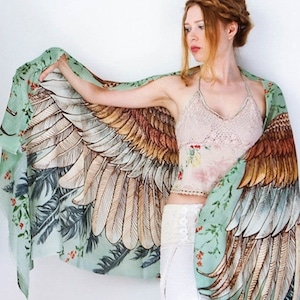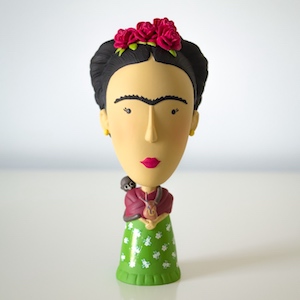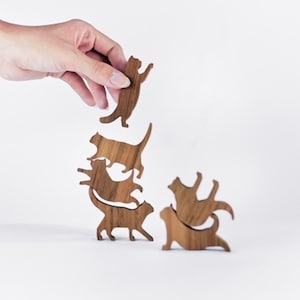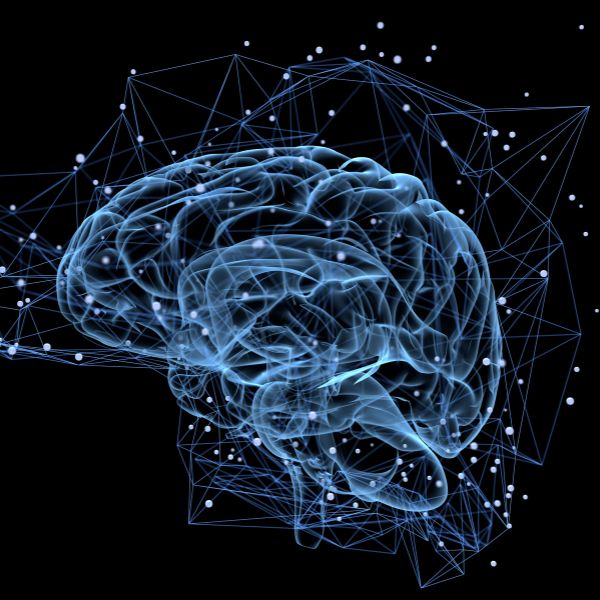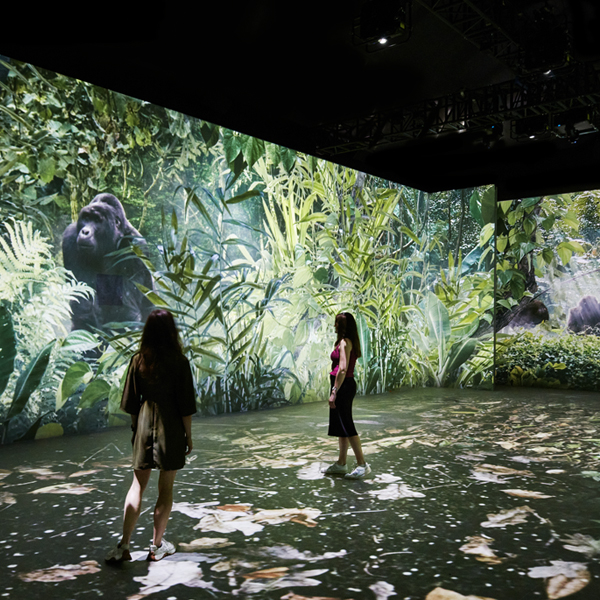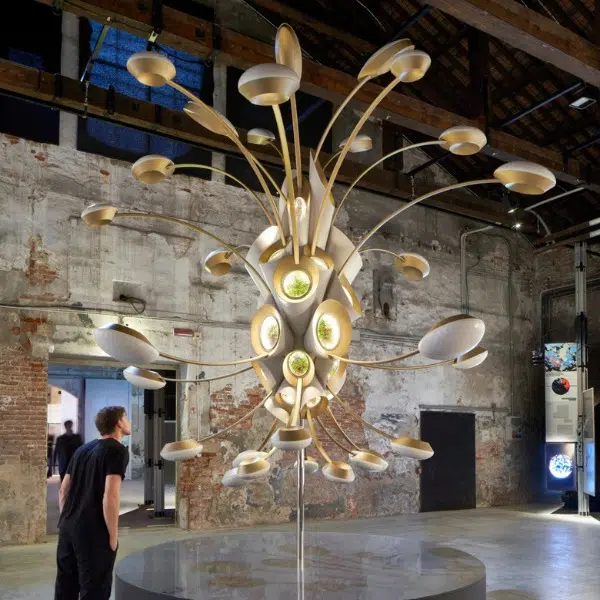There are certain experiences that, no matter the language, country, or culture, prove to be profoundly universal. One such experience is the pleasure derived from visual art, films, and music—a pleasure that, for some, manifests itself not only emotionally, but within the body as well.
Meaning “to shiver” in French, “frisson” refers to the chills that may occur when encountering a particularly compelling and evocative piece of art. This phenomenon is most often associated with music, especially during moments that deviate from our expectations, such as dramatic crescendos. As a physiological yet somehow transcendent reaction, frisson connects more abstract emotions with mild to intense bodily sensations, whether it be expressed through tingling skin, dilated pupils, or goosebumps. In these moments, the boundaries between mind and body begin to dissolve.
“We don’t fully understand what causes us to have this reaction,” psychologist Rebecca Johnson-Osei told the BBC in a video from 2023. “One leading theory is that when we hear music, it activates dopamine release in our brains. The idea is that this sudden rush is what causes us to have this physiological reaction experience—or goosebumps.”
Jesse Fischer, a clinical neuropsychologist, expressed a similar sentiment: “A sound wave from music is going to light up a whole host of different receptors. Those signals head deep into the brain, hitting all kinds of structures, such as the thalamus, which is like a sensory input airport.”
Once sound waves hit the cranial nerve and fire signals toward the thalamus, Fischer continues, information is then sent to other parts of the brain, which can prompt a physical response. It’s also been found that those who experience musical frisson more easily may have stronger neural connectivity between the sensory centers that process auditory and reward inputs.
“It’s believed that frisson may also be linked to things like creativity,” Johnson-Osei added. “Musicians seem to experience frisson more than people who are not musicians.”
Even so, frisson has previously been associated with openness to experience, regardless of personal creativity, and that it appears to be a “universal emotional experience.” And, though there may not be a single, definitive answer behind what causes this phenomenon, it still showcases the deep relationship between the emotional and bodily responses to that which stirs us.
Meaning “to shiver” in French, “frisson” is a phenomenon that refers to the chills and goosebumps that may occur when encountering a particularly evocative piece of art.
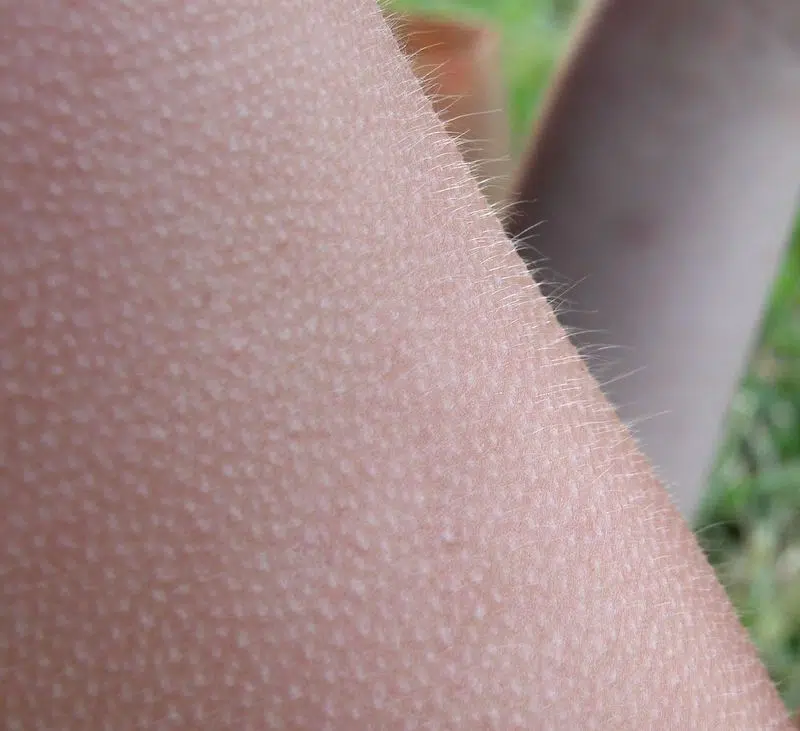
Photo: Ildar Sagdejev via Wikimedia Commons, CC 3.0
Frisson, which is also known as “aesthetic chills,” has been linked to increased connectivity between auditory and reward processing as well as openness to experiences.
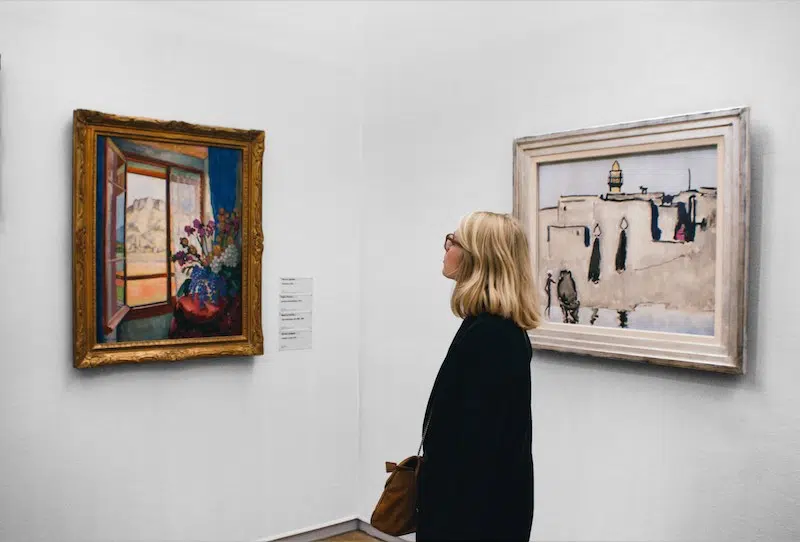
Photo: Pauline Loroy via Unsplash
Sources: Frisson: Why music can give you chills or goosebumps; Interoceptive Technologies: Inducing emotions from the body up; Aesthetic Chills as a Universal Marker of Openness to Experience; Getting aesthetic chills from music: The connection between openness to experience and frisson; Brain connectivity reflects human aesthetic responses to music Open Access
Related Articles:
Study Finds Coffee Consumption Linked To Healthy Aging in Women
Study Reveals That Exercise Can Be “Better Than a Drug” in Cancer Recovery
Have a Song You Can’t Stop Playing? A New Theory Says Our Brainwaves Sync Up With Music
